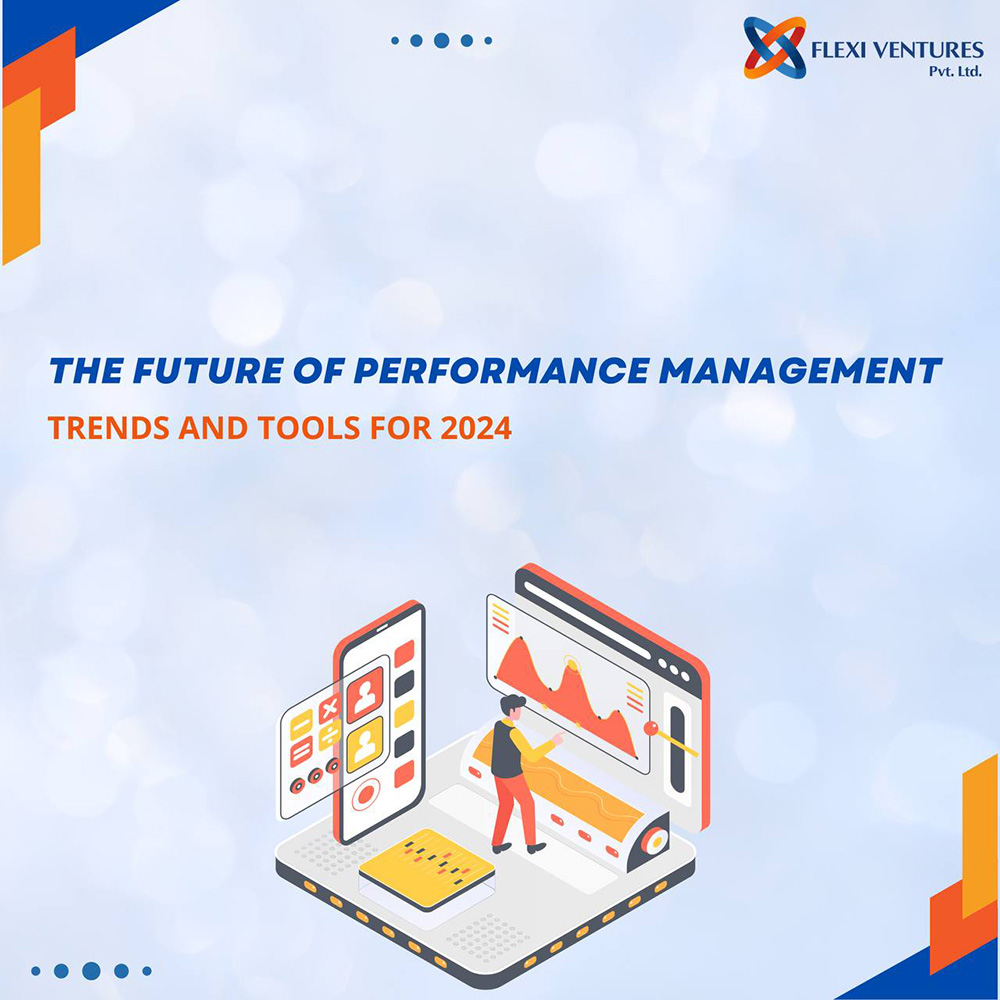In recent years, there has been significant discussion around performance management. Organizations worldwide, inspired by leaders like GE, Adobe, and IBM, are moving away from traditional annual performance reviews. The consensus is that performance management should be continuous without surprises or annual numerical rankings for employees. Companies embracing these changes will benefit as workforce preferences evolve by keeping employees motivated, and engaged, and retaining top talent. However, performance reviews remain essential. According to a global survey by CEB involving over 9,000 managers and employees across 18 countries, eliminating performance reviews can decrease overall results and productivity by up to 10%, making employees more likely to leave the company.
Continuous Performance Management in HR
Definition: Continuous performance management involves supervising employee performance through regular one-on-one discussions and ongoing feedback during scheduled check-ins. It is more frequent, flexible, and less formal than traditional annual appraisals but aims at improving performance and monitoring goals.
Popularity and Implementation: This trend in human capital management (HCM) is growing in popularity and can occur anytime, such as daily, weekly, or biweekly. It is facilitated through software, surveys, phone calls, and in-person meetings.
Importance:
- For Managers: It allows for effective tracking of employee achievements and weaknesses, enabling timely intervention and adjustments to goals as corporate objectives change.
- For Employees: Provides timely feedback, eliminating surprises and encouraging quicker improvements. Employees can also recognize their peers’ successes through continuous performance software.
Core Benefit: Continuous performance management centers on human conversation, enhancing relationships between supervisors and employees while leveraging technology to aid the process.
Importance of Performance Improvement
Definition: Performance improvement is a strategy within performance management that helps employees enhance their performance. It involves identifying causes of poor performance, setting specific improvement goals, and giving employees a chance to improve.
- Creates a culture of accountability.
- Boosts performance.
- Saves time and resources associated with firing and rehiring.
Using a Performance Improvement Plan (PIP)
Purpose: A PIP assists employees in achieving goals they struggle with and addresses detrimental behaviors. It focuses on improvement through formal documentation and performance management strategies.
Benefits for Employees:
- Engages employees by enabling them to adjust their performance and behavior.
- Provides precise feedback and highlights specific areas for improvement.
- Shows employees that the business understands their current challenges.
AI and Automation in Performance Management
AI and automation are revolutionizing performance management by streamlining processes and providing deeper insights into employee performance. These technologies can analyze vast amounts of data quickly, identifying patterns and trends that might be missed by human managers. This allows for more objective and accurate assessments of employee performance. AI-driven tools can provide real-time feedback and personalized development plans, helping employees improve continuously. Automation can also handle routine tasks, such as scheduling check-ins and tracking progress against employee goals, freeing managers to focus on more strategic activities. By leveraging AI and automation, organizations can create a more efficient, fair, and responsive performance management system, ultimately leading to a more engaged and productive workforce.
Enhanced Employee Engagement and Well-being
Enhanced employee engagement and well-being are critical components of a thriving workplace. When employees feel engaged, they are more likely to be motivated, committed, and productive. This can be achieved through regular feedback, recognition, and opportunities for growth and development. Well-being initiatives, such as mental health support, flexible working arrangements, and wellness programs, also play a crucial role. By addressing both engagement and well-being, organizations can foster a positive work environment where employees feel valued and supported. This not only boosts morale and reduces turnover but also drives better business outcomes, as a happy and healthy workforce is more innovative and efficient.
Tools for Effective Performance Management
Effective performance management relies on a variety of tools that facilitate continuous feedback, goal setting, and employee development. Key tools include performance management software, which streamlines the process of setting objectives, tracking progress, and conducting evaluations. Real-time feedback platforms enable ongoing communication between managers and employees, ensuring timely recognition and addressing areas for improvement. Learning management systems (LMS) support employee development by providing access to training and skill-building resources. Additionally, performance dashboards offer visual insights into key performance indicators (KPIs) and trends, aiding in data-driven decision-making. Together, these tools enhance the efficiency and effectiveness of performance management, fostering a culture of continuous improvement and aligning individual performance with organizational goals.
Preparing for the Future: Actionable Steps for HR Leaders
HR leaders must proactively embrace emerging trends and technologies to prepare for the future. First, they should invest in advanced HR analytics and performance management software to facilitate data-driven decision-making. Adopting AI and automation can streamline HR processes and provide deeper insights into workforce dynamics. Additionally, fostering a culture of continuous feedback and development is crucial; implementing regular check-ins and leveraging learning management systems can help achieve this. HR leaders should also prioritize employee well-being and engagement by introducing flexible work arrangements, wellness programs, and robust mental health support. Finally, staying updated with evolving cybersecurity measures and data protection regulations is essential to safeguard employee information. By taking these actionable steps, HR leaders can create a resilient, adaptive, and future-ready HR function that supports both organizational and employee success.
To sum up, outstanding employee performance is the key to business success. By understanding performance trends, you can optimize your performance management process to eliminate obstacles to achievement. Providing employees with the necessary resources and leveraging modern HR software to monitor performance empowers your workforce to achieve new heights of success.

